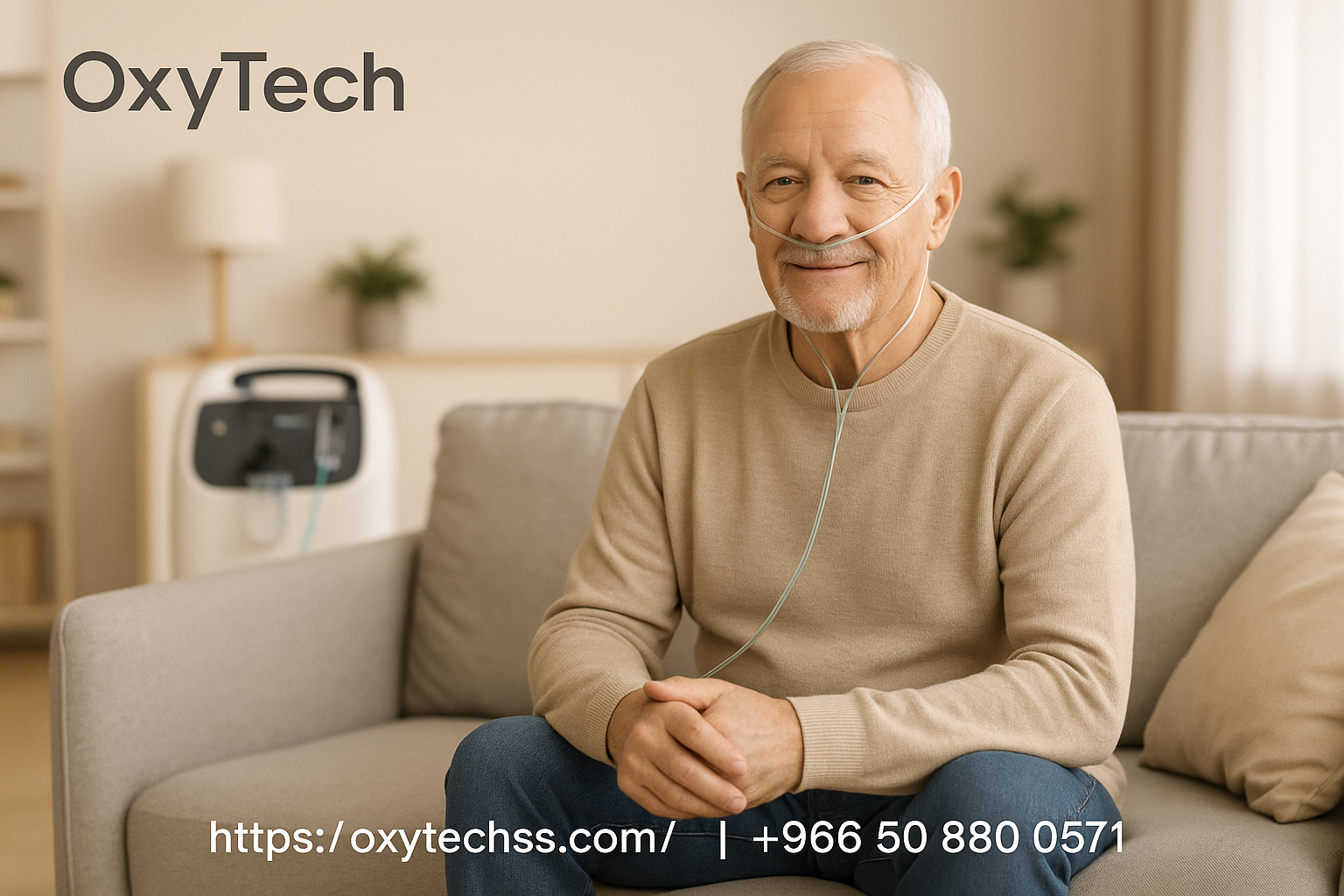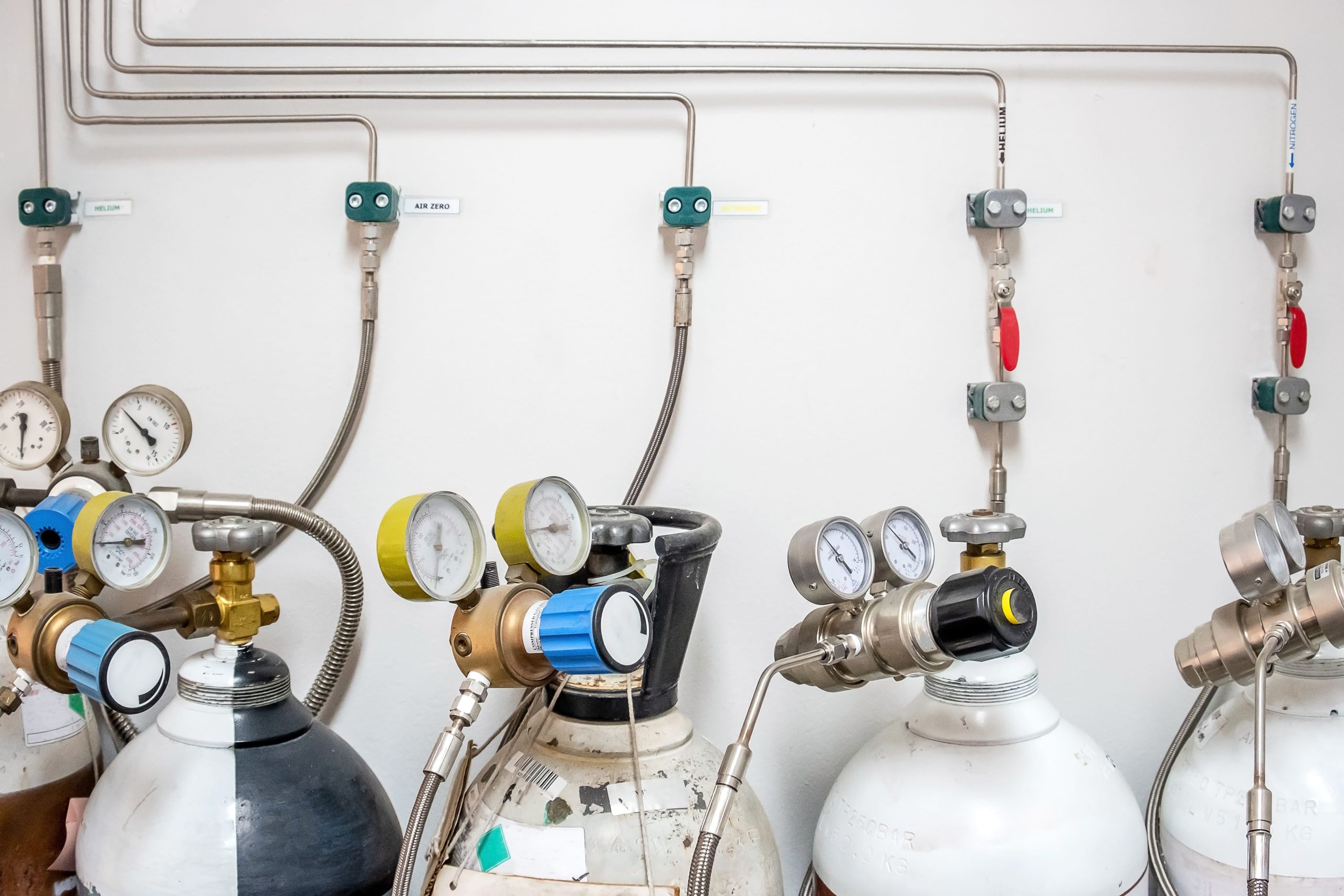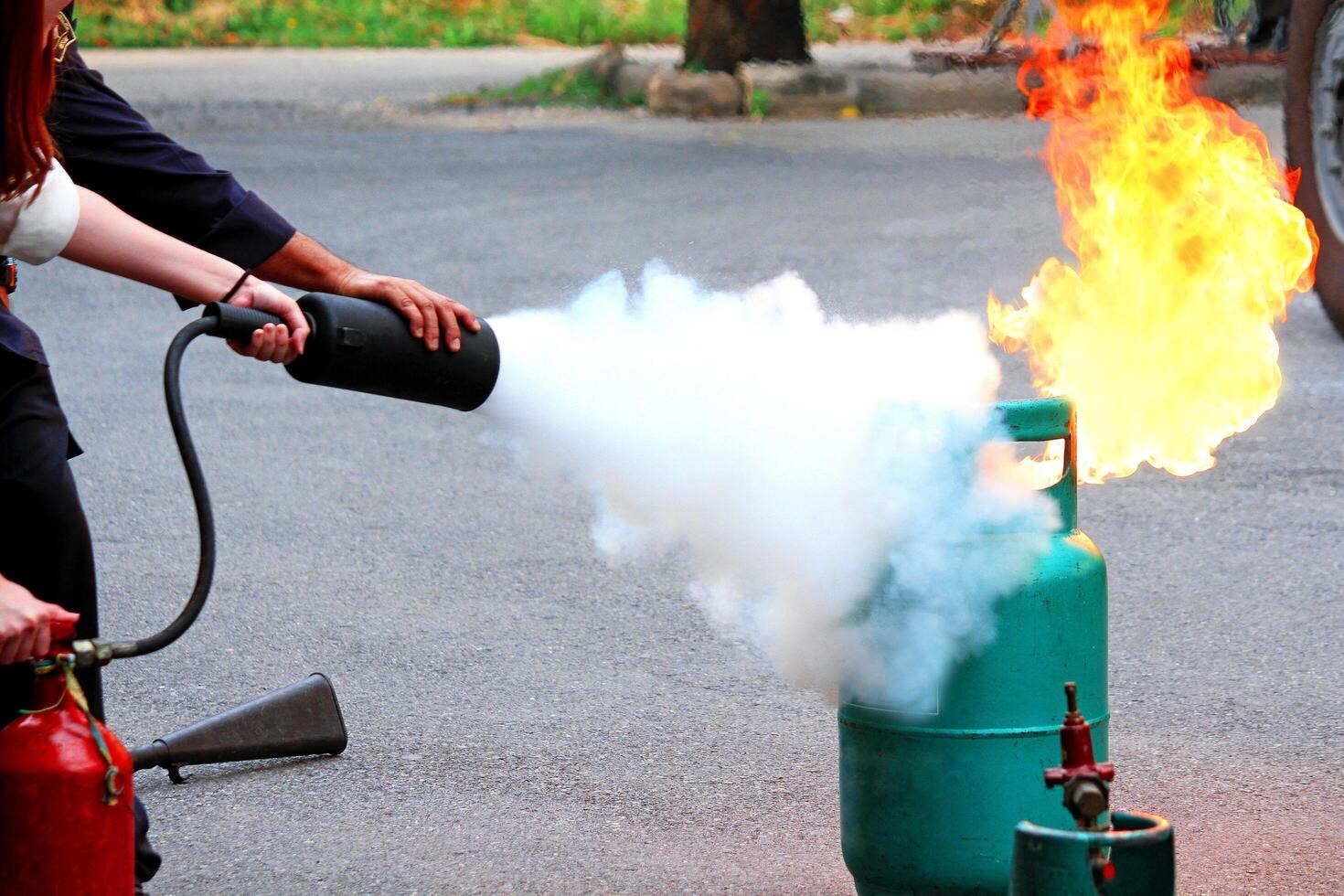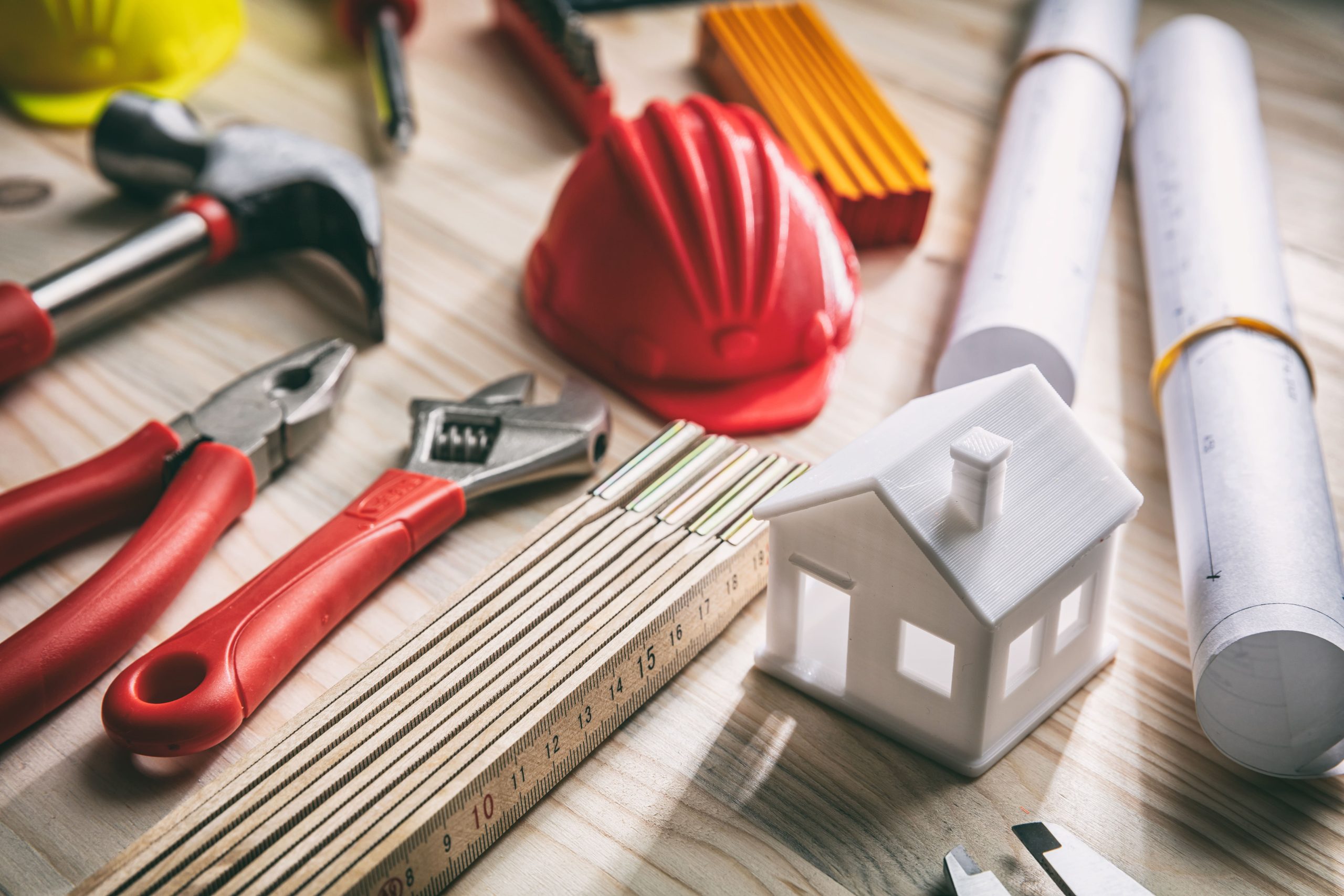
Oxygen Therapy at Home: Devices, Safety, and Setup Tips
Oxygen therapy at home has become an essential healthcare solution for millions living with chronic respiratory conditions, and OxyTech stands out as a trusted brand offering reliable equipment and expertise for safe and comfortable treatment. This article delivers an SEO-optimized, EEAT-friendly, and easy-to-read guide covering everything from choosing the right device to ensuring optimal safety and setup for home oxygen therapy with OxyTech’s products.
Oxygen Therapy at Home: An Overview
Oxygen therapy is prescribed to support individuals who struggle with low blood oxygen due to conditions like COPD, pulmonary fibrosis, heart failure, pneumonia, asthma, and bronchopulmonary dysplasia. The main goal is to improve quality of life, boost energy, and prevent organ damage from insufficient oxygenation. At home, oxygen therapy comes in various forms:
- Long-term oxygen therapy (LTOT): Given for at least 15 hours daily, beneficial for chronic hypoxemia.
- Ambulatory oxygen therapy (AOT): Used during activity for those who desaturate only with exercise.
- Nocturnal therapy: Administered overnight for patients with nocturnal hypoxemia.
- Palliative oxygen: Offered for breathlessness in advanced disease.
- Short burst therapy: Used for acute episodes or exertion.
Why Choose OxyTech for Home Oxygen Therapy?
OxyTech is recognized for delivering home oxygen concentrators featuring German technology that concentrate oxygen from ambient air. With a solid reputation for quality, home delivery, and customer satisfaction, OxyTech provides the OXY-TECH5 model—capable of supplying up to 5 LPM of concentrated oxygen, designed for continuous delivery and especially helpful in chronic or acute respiratory illnesses.
OxyTech 5 Key Features
- German engineering: Ensures efficient, reliable concentration of oxygen from room air.
- User-friendly: Simple controls, durable design, and quiet operation.
- Safety and durability: Built-in alarms, flame-retardant casings, and extensive filter systems.
- Portable: Compact design and casters for easy movement across rooms.
Types of Home Oxygen Devices
There are several device options, with OxyTech specializing in advanced stationary and portable oxygen concentrators. Devices may include:
OxyTech Concentrator Highlights
- Up to 5 LPM flow
- Oxygen purity: 90% ± 5.5%
- Safety alarms (pressure, temperature, valve error)
- Lightweight (16 kg), easy to roll
- Flame-retardant casing and stainless steel outlets
Setting Up Oxygen Therapy at Home: Step-by-Step
A proper setup is crucial for safety and efficacy. Follow these steps recommended by respiratory specialists and OxyTech:
1. Placement and Environment
- Position the concentrator in a well-ventilated room with clear airflow.
- Keep away from walls or furniture; do not cover vents.
2. Tubing Management
- Attach tubing securely to the concentrator’s outlet.
- Use clips or guides to organize tubing along walls to prevent trips.
- Inspect regularly for blockages or wear.
3. Humidifier
- If prescribed, set up the humidifier bottle and refill with sterile water when needed.
- Change bottles per manufacturer instructions to prevent contamination.
4. Flow Rate Settings
- Adjust the flow rate only as directed by the healthcare provider.
- Use the lockable flow controller on OxyTech devices to avoid accidental changes.
5. Nasal Cannula/Mask
- Wash hands before handling.
- Place the cannula correctly; check airflow (e.g., bubble test in water).
Safety Tips: Protecting Health and Home
Oxygen is non-flammable but supports combustion, so safety is vital. OxyTech devices integrate multiple safety features, and users must observe strict guidelines:
General Safety Precautions
- No smoking or open flames within 10 feet of oxygen equipment.
- Store cylinders upright and secure in carts or designated areas.
- Keep oxygen devices away from heat sources like stoves, radiators, candles, and electric appliances.
Electrical Safety
- Do not use extension cords.
- Plug concentrator into a dedicated outlet not shared with other appliances.
Fire Prevention
- Use flame-retardant bedding and clothing.
- Install smoke detectors and keep fire extinguishers accessible in rooms with oxygen equipment.
Equipment Maintenance
- Clean filters and tubing per manufacturer recommendations.
- Report beeps, warning lights, or alarms to OxyTech support or a healthcare provider.
- Replace components as scheduled to maintain efficiency.
Living Comfortably With Oxygen — Practical Tips
Improving quality of life on oxygen therapy involves daily adjustments:
- Ensure good ventilation; avoid stuffy rooms.
- Secure tubing to prevent tripping.
- Build a routine of checking supply levels.
- Stay active within limits; use portable oxygen for mobility.
- Ask OxyTech about additional accessories for comfort, such as longer tubing or mobile carts.
Frequently Asked Questions
How do I know if I need oxygen therapy at home?
- Prescription depends on oxygen saturation, symptoms, and underlying health issues. Consult a pulmonologist.
Is it safe to use oxygen therapy around children and pets?
- Yes, with precautions: supervise use, avoid tripping hazards, and keep children away from equipment cords.
Can I travel or go outdoors with OxyTech equipment?
- OxyTech offers portable solutions for mobility needs. Some concentrators have battery options for outdoor use.
How often should I clean my device and tubing?
- Follow the device’s manual. OxyTech recommends daily wipe-downs and weekly deep cleans, with tubing changed monthly or as advised.
What if my concentrator sounds alarms or warning lights?
- Contact OxyTech support for troubleshooting. Most warnings relate to low pressure, filter blockage, or electrical issues.
Conclusion
OxyTech empowers individuals and families to manage oxygen therapy safely, efficiently, and with confidence at home. From state-of-the-art devices to comprehensive safety features and support, the path to comfortable home oxygen use is built on expertise, quality, and patient-centered design. By following best practices in setup, maintenance, and daily routines, users can enjoy greater well-being and independence.
You May Also Like: Medical Equipment Supplier, Lab Equipment Suppliers, Medical Gas Supplier , Fire Safety Equipment, Passive Fire Protection Service, Medical Infrastructure Solution





